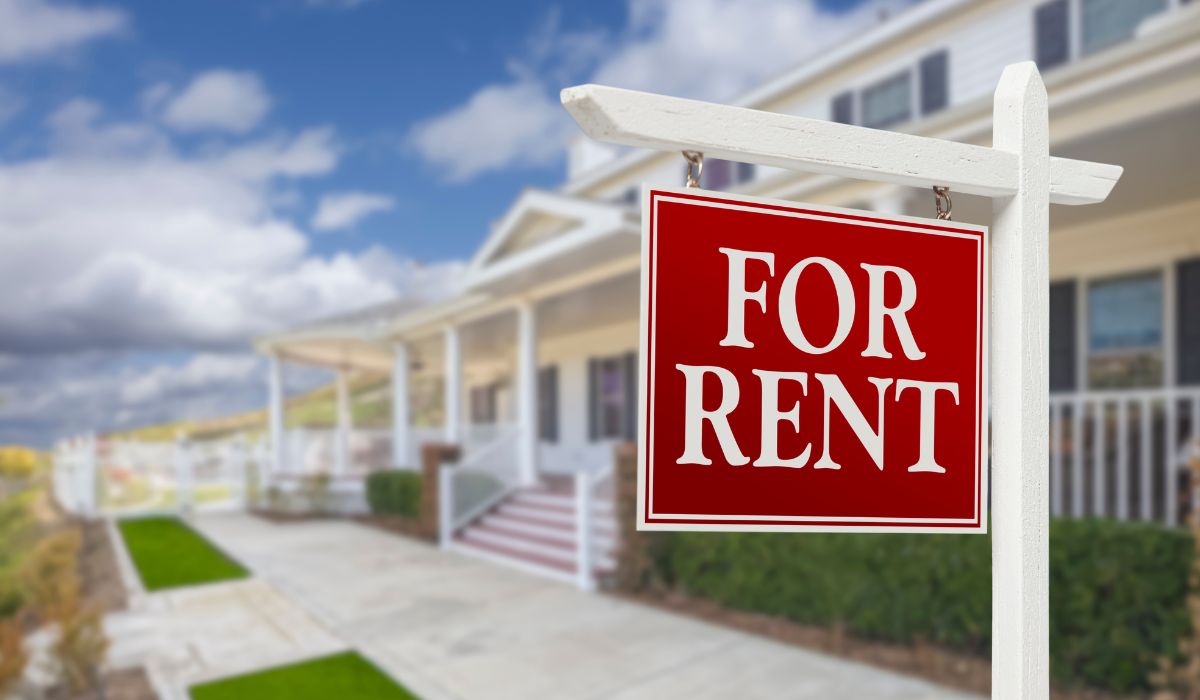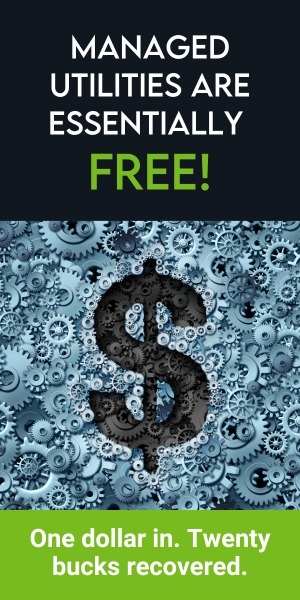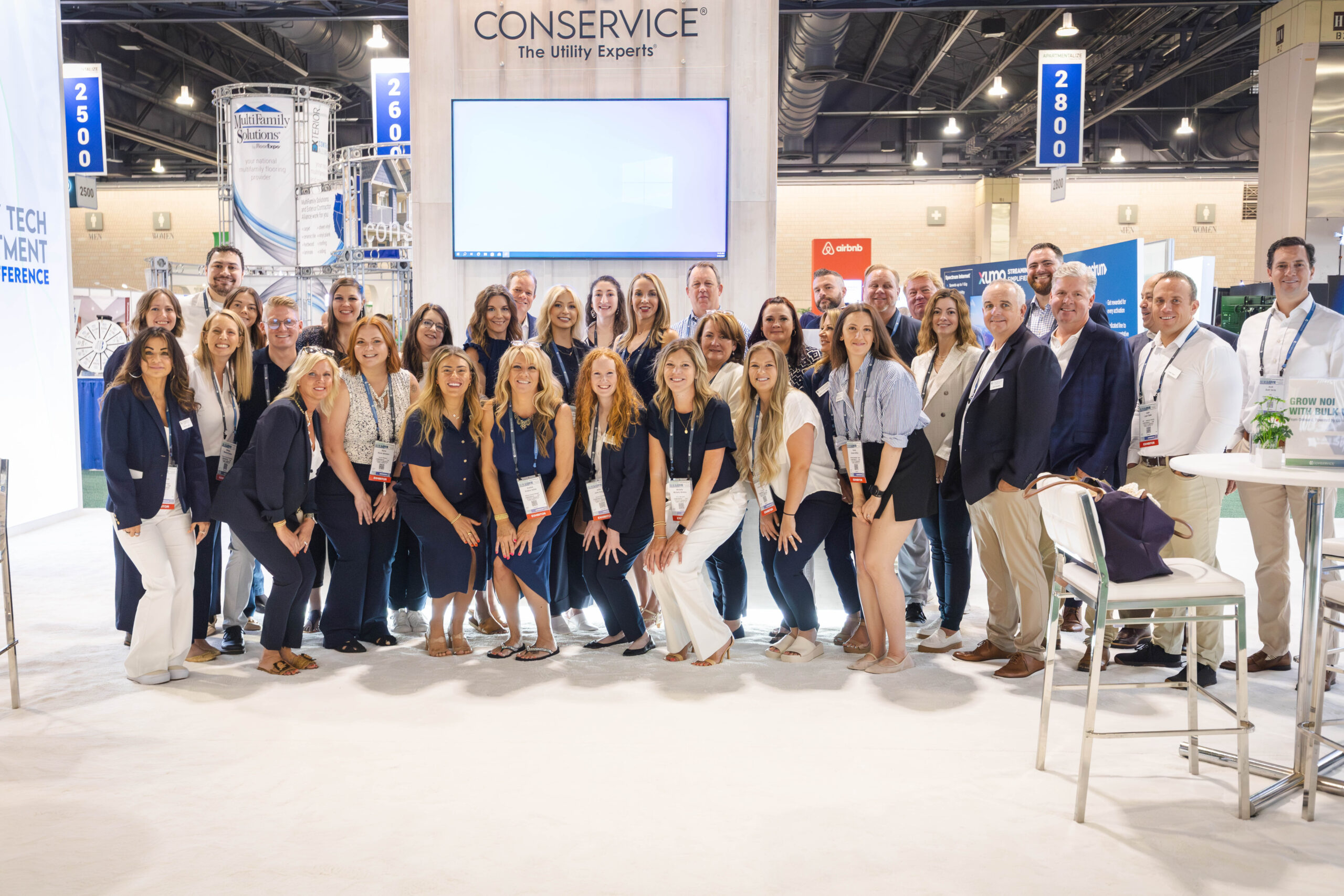The sun is setting over your rental properties, casting long shadows over a landscape shaken by rent caps. Across the country, property owners and managers are juggling the need to make rents affordable while ensuring buildings remain in top shape. Like it or not, for better or for worse, rent control–and the regulations that fuel them–are on the rise throughout the country. They’ve become a crucial financial stressor in an already pressured industry.
Rent caps—also known as rent control, rent stabilization, and rent freeze—are extending their reach. Local and national municipalities in seven states are already feeling their impact. Washington recently joined Oregon and California in considering statewide rent caps. Change causes change, and as these regulations gain traction, the industry will face new and interlocked challenges.
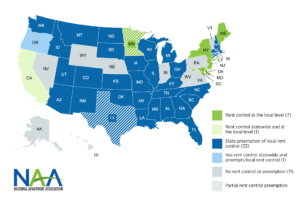
A Dual Perspective on Rent Control
Rent stabilization measures vary, but the core idea remains: to address the housing crisis by creating predictable and manageable rent increases for residents. Like any legislation, rent control has its pros and cons. Proponents call out the need for protection against sudden, unaffordable hikes. Conversely, many economists and property developers warn that rent control stifles new construction and discourages the maintenance of existing units. With limited profit potential, investors may redirect their funding to jurisdictions without rent control, ironically hurting the communities the policies aim to protect by limiting accessibility and affordability.
Regardless of the debate, property owners and managers must adapt to potential rent control policies with strategic foresight. The critical question is this: How do you effectively manage your properties under these regulations?
The Rent Burden: A Nationwide Struggle
As rent caps cast their long shadows, nearly half of America’s renters spend more than 30% of their income on rent and utilities, according to Harvard’s Joint Center for Housing Studies. The U.S. Department of Housing and Urban Development (HUD) describes these individuals as “rent-burdened,” highlighting their struggle to afford essential needs like food, clothing, and healthcare. Cities with skyrocketing rents exacerbate the issue, prompting local governments to seek solutions like rent control to alleviate financial pressure on residents.
Smart Strategies to Minimize the Impact
Navigating the complexities of rent control requires strategic adjustments. Here are some key focus areas:
Optimize Utility Management

- Implement Energy-Efficient Solutions: Invest in energy-efficient appliances and systems to reduce utility costs. The ROI horizon on retrofits and enhancements may sometimes seem long, but smart thermostats, LED lighting, and water-saving fixtures can significantly cut expenses over time.
- Monitor Usage: Use utility management software to track and analyze energy usage. Identifying patterns and areas for improvement can help reduce consumption and costs.
- Negotiate Rates: Regularly review and negotiate utility contracts to ensure you’re getting the best possible rates. Consider bulk purchasing agreements or energy aggregation programs.
Increase Operational Efficiency
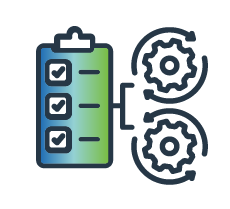
- Automate Processes: Automate administrative tasks such as billing, lease renewals, and maintenance requests to save time and reduce labor costs. Property management software can streamline these operations.
- Preventative Maintenance: Implement a robust preventative maintenance program to avoid costly repairs. Regular inspections and timely upkeep can extend the life of property assets and reduce emergency expenditures.
- Resource Allocation: Optimize staff schedules and responsibilities to ensure efficient use of labor resources. Cross-train employees to handle multiple tasks, reducing the need for additional hires.
Enhance Revenue Streams
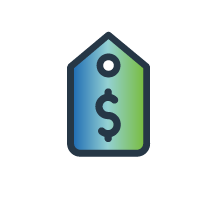
- Implement Ancillary Income Sources: Generate additional revenue through services like pet fees, parking fees, storage rentals, and laundry facilities. Offering premium amenities, such as gym memberships or concierge services, can also attract higher-paying tenants.
- Utilize Dynamic Pricing: Use dynamic pricing models to adjust rent based on market demand. This approach can maximize revenue during high-demand periods while remaining competitive during low-demand times.
- Review Lease Terms: Consider offering shorter lease terms at a premium rate. This flexibility can attract tenants willing to pay more for short-term housing options.
Leverage Technology and Data Analytics

- Data-Driven Decision Making: Use data analytics to make informed decisions about rent pricing, property improvements, and marketing strategies. Analyzing market trends and tenant behavior can help you stay competitive.
- Smart Building Technologies: Implement smart building technologies to automate energy management, security, and maintenance tasks. These technologies can improve operational efficiency and reduce costs.
- Tenant Communication: Use technology to enhance tenant communication and satisfaction. Online portals for rent payments, maintenance requests, and community updates can improve tenant experience and retention.
Focus on Resident Retention

- Build Strong Relationships: Foster positive relationships with tenants through excellent customer service and community-building activities. Happy tenants are more likely to renew leases, reducing turnover costs.
- Offer Lease Incentives: Provide incentives for lease renewals, such as rent discounts, upgrades, or flexible lease terms. These incentives can encourage long-term tenancy and stability.
- Respond to Feedback: Actively seek and respond to tenant feedback to address concerns and improve living conditions. Regular surveys and open communication channels can help identify and resolve issues promptly.
Turn Rent Caps into Opportunities
Rent caps might seem like a threat to profitability, but the regulations can be reframed to become a strategic advantage. They present complex challenges for property owners and managers to overcome. Managed utilities offer a unique solution to automate your processes while creating an additional ancillary revenue stream.
Ready to leverage solutions to maintain profitability and provide quality housing? Connect with a Utility Expert.
